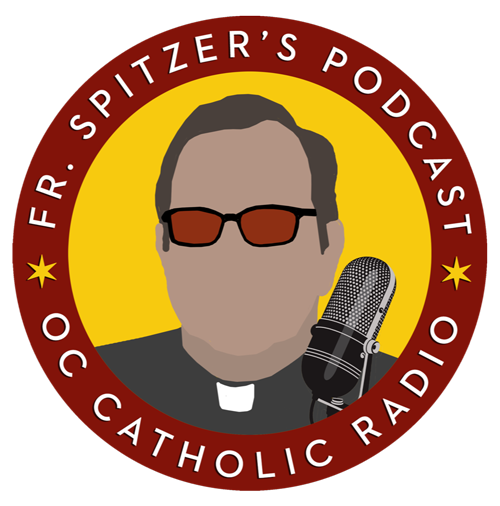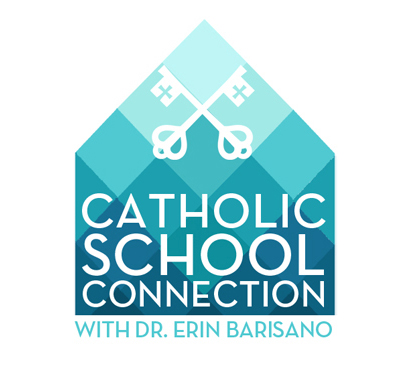“The blood of the martyrs is the seed of the Church,” wrote theologian Tertullian in 197 AD. Although Catholicism is rooted in far more than martyrdom, thousands have given their lives through the centuries for their faith.
Korean Catholics, in particular, understand what martyrdom is all about.
More than 10,000 Korean Catholic martyrs died in the 19th century, so that future generations could flourish – in their homeland and throughout the world. California has by far the largest Korean population in the U.S., and Orange County is home to the second-largest number of Koreans among U.S. counties. Some 94,000 reside here.
Korean Catholics remember and honor their martyrs on a daily basis. “Our martyrdom is deeply ingrained in the Korean Catholic community,” says Fr. Eugene Lee, Director of the Korean Martyrs Catholic Center, in Westminster. “We stress the sacrifice that was paid by our ancestors.”
Catholicism first took root in Korea after traders returning from China shared the Catechism and theological books that were studied by a group of scholars.
“The first Koreans who read these books found them to be immensely refreshing,” Fr. Lee says. “Korean society had been suffocated by a rigid, stratified system. There was a royal class, an upper class, and middle, low and the lowest classes. Nobody had any chance of social mobility. But Catholicism showed how everyone was equal under God.”
The message spread throughout the country. When Jesuit priest Gregorio Céspedes first arrived in 1593, he discovered that Catholicism was already being practiced. “Catholicism in Korea was started by the people themselves,” Fr. Lee says, “not by missionaries.”
“Korea is one of the only places that was lay evangelized,” says Linda Ji, Director of the Diocese’s Office of Pastoral Care. “It wasn’t colonial. We take great pride in this.”
Centuries later, those in power saw the religion and its message of equality as a significant threat, so they persecuted the Korean Catholics.
“There are some brutal, gut-wrenching stories about the martyrdom,” Fr. Lee says. “Koreans watched family members being tortured to death for refusing to give up their faith.”
“Today, many Korean families can trace their history back to a martyr,”
Ji says.
The most prominent martyrs include Andrew Kim Taegon, Paul Chong Hasang and 101 of their followers (called “companions”). All were canonized in 1984 by Pope John Paul II. And Paul Yun Ji Chung and 123 companions were beatified by Pope Francis in 2014.
The first Korean faith community in Orange County, the Korean Martyr Catholic Center, was established in 1977. St. Thomas Korean Catholic Center, in Anaheim, followed 10 years later. Our Lady of Peace Korean Catholic Church was established in Irvine in 2009; the church’s original group attended St. Elizabeth Ann Seton Church starting in 1996. And the Korean Order of Discalced Carmelites, a religious order of men, is located in La Habra.
The core beliefs, customs and observances among Korean Catholics are virtually identical to those practiced by other Catholics. A few elements, however, distinguish their community from the rest of the Diocese.
“Korean Catholics are especially reverent and pious,” Fr. Lee says. “Everyone dresses conservatively. Everyone shows up on time, and they never leave early. Their piety, devotion and reverence really stand out.
“There’s a very real sense of investment in the community,” he adds. “Well over half [of the parishioners] are involved in something beyond attending Sunday Mass.”
Korean Catholics like to add a few vibrant cultural elements into the mix. For example, “Kids spend all day [at the Korean Martyr Catholic Center] on Saturday,” Fr. Lee says. “They go to Catechism, then language school, followed by cultural school. Children play Korean drums and learn Korean calligraphy. The girls perform our fan dance. The adults have a drumming group as well. We have a variety of groups, something for everyone.”
Yeondo, a Korean Catholic ritual, honors those who have died. Psalms and the Litany of the Saints are chanted in distinctive Korean rhythms and tones.
“It’s traditionally done in the house [of the deceased],” Fr. Lee says. “People come throughout the entire day. They bow and place incense next to a shrine for the loved one.”
Yeondo, Ji says, is also observed on All Soul’s Day and during Chuseok (“autumn eve”), the Korean lunar harvest festival.
Today, the future looks bright for Korean Catholics, near and far.
For example, Fr. Lee notes that,
“At the Korean Martyr Catholic Center and St. Thomas, we’ve never had a
time when we didn’t have someone in formation.”
Ji concurs. “We have many seminarians who are on their way to priesthood. It’s been such a blessing.”
It’s but one of many blessings. More than 100 years ago, Korean martyrs died for their future generations.
“The persecution never suppressed the faithful,” Ji says. “Rather, the martyrs inspired them.”










